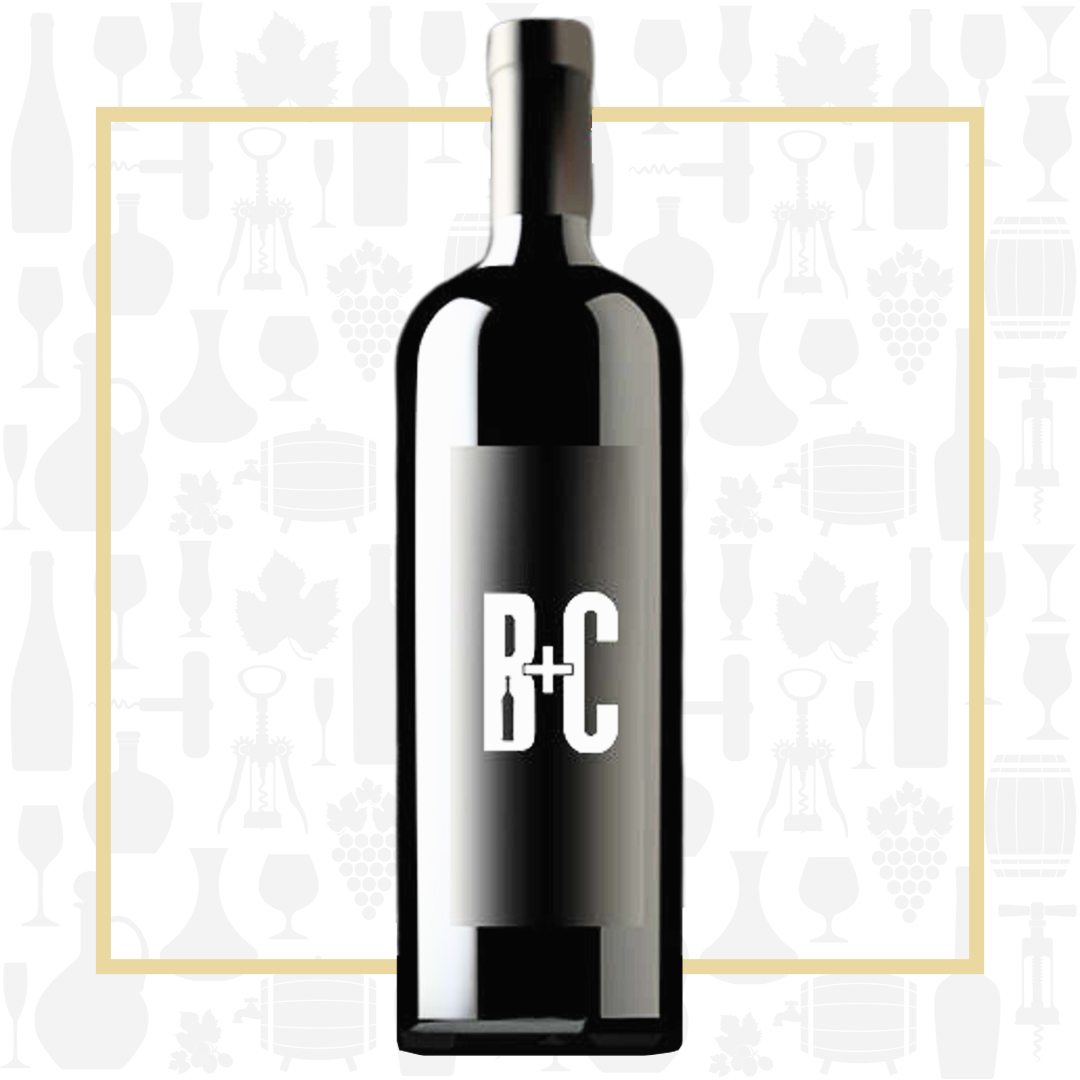Cellar Profile
The winery was founded in 1969 as a cooperative between 20 individual growers in Abruzzo, one of Italy’s most productive wine growing regions. Today, there are 400 grower members with 700 hectares of vineyards. Soils here are calcareous clay, created by runoff from the towering Apennine Mountains to the west. The moderating influence of the Adriatic Sea to the east, as well as the cool evenings in spring and fall, help temper some of the hot days during the growing season. With an eye towards tradition, Novaripa produces wines made with indigenous grape varieties that have grown here for millenia—Passerina, Trebbiano d’Abruzzo, Pecorino and old vines of the ubiquitous Montepulciano d’Abruzzo—along with international varieties such as Pinot Grigio. Buyers+Cellars is proud to represent Novaripa’s Agronika and Sagoma brands in Ontario.
Region
Abruzzo is an Italian wine region on the east (Adriatic) coast. In terms of quantitative wine production, it remains Italy’s fifth most prominent region after Sicily, Puglia, Veneto and Emilia-Romagna. The geographical makeup of Abruzzo is quite remarkable. A rugged, mountainous region with a lengthy coastline, its lush, green landscape is scattered with national parks and forests. Abruzzo is ideally situated between the Adriatic sea to the east and the Apennine mountain range and the Maiella massif to the west. The region is home to Gran Sasso, one of Italy’s highest peaks at 2912 masl. The high altitudes see dramatic diurnal temperature variations which, when combined with cool mountain air currents, moderate the temperatures in the vineyards situated on the slopes. This provides a perfect mesoclimate for vines with the most favourable growing conditions being found in the low hills of Teramo, the Colline Teramane.
Vineyard
Novaripa was founded in 1969 as a cooperative of 20 growers. Today, the winery works with more than 400 growers, covering more than 700 hectares of vineyards throughout Abruzzo.
Winemaking
Grapes are manually harvested in mid August. After crush, they are kept in contact with the skins for a short period, deriving a copper hue. “Ramato” is the term used in Northern Italy for this skin contact style of Pinot Grigio. Different from both rosé and orange wines, Ramato has only the slightest hint of colour. After pressing, the juice is fermented in steel tanks at a controlled temperature of 15-18°C.
Varieties
Pinot Grigio/Gris is thought to be a mutant clone of Pinot Noir and finds its origins in Burgundy, France. There are several styles of Pinot Grigio; Dry & Minerally, Dry & Fruity or Sweet & Fruity. This Dry & Minerally style is most famous from the northern parts of Italy and traverses the foothills of the Alps nearly all the way from Italy through Austria and even Romania, Slovenia and Hungary. The mountains are a powerful force on the agriculture, insuring that grapes keep their high acidity. The wines are most commonly described as dry with relatively high acidity. These characteristics are complemented by aromas of lemon, lime, green apple and blossoms.
Tasting Notes
Showing a gorgeous orange salmon colour, this wine has flavours of stone fruit, golden apple and beeswax that mingle with aromas of ripe citrus and pear.

